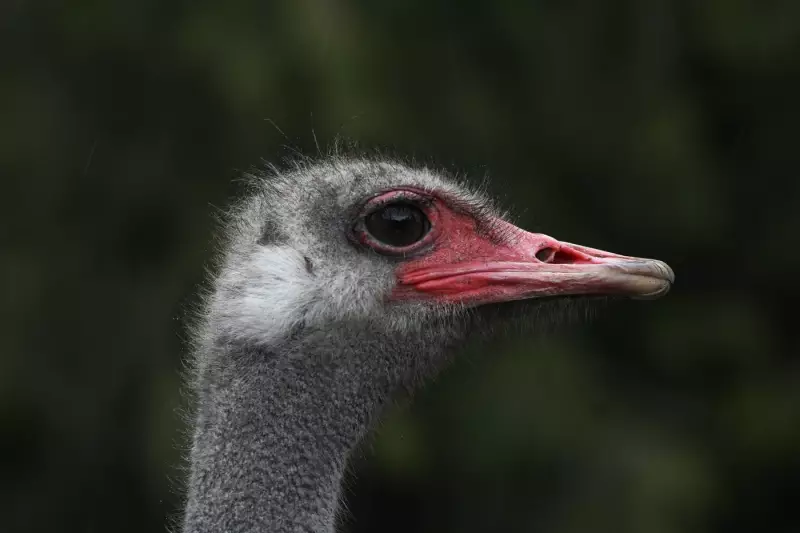
As British Columbia awaits a crucial ruling on the future of ostrich farming in the province, a controversial training manual from the Canadian Food Inspection Agency has surfaced, revealing disturbing euthanasia methods that include sitting on the large flightless birds to administer lethal injections.
The CFIA's "Humane Destruction of Ostriches" training document, obtained by CTV News, outlines procedures that have raised serious animal welfare concerns among experts and advocates. The manual specifically describes restraining methods where workers are instructed to sit on ostriches to keep them immobilized during the injection process.
Controversial Restraint Techniques
According to the training materials, the recommended approach involves "sitting on the ostrich to restrict its movement" while administering a lethal drug directly into the wing vein. This method has drawn criticism from animal behavior specialists who argue the technique causes unnecessary stress and suffering to the birds.
Ostriches, which can weigh up to 300 pounds and stand over 2 meters tall, are known for their powerful legs and defensive capabilities. The manual acknowledges the challenges of handling these large animals but defends the methods as necessary for worker safety.
BC's Ostrich Farming at Crossroads
The revelation comes at a critical time for British Columbia's ostrich industry. The province is currently considering whether to approve a mass cull of ostriches following several outbreaks of avian influenza that have affected farms across the region.
Farmers and industry representatives are anxiously awaiting the decision, which could have significant economic implications for the niche agricultural sector. Some operations have invested decades into developing their breeding programs and fear devastating losses if the cull proceeds.
Animal Welfare Concerns Mount
Veterinary experts and animal rights organizations have expressed alarm at the described methods. Dr. Sara Dubois, a former chief scientific officer for the BC SPCA, called the techniques "highly problematic" and questioned whether they meet Canada's animal welfare standards.
"Sitting on an animal that is clearly distressed and trying to administer an injection raises serious questions about both human safety and animal welfare," Dubois stated. "There must be more humane alternatives available."
Industry Response and Alternatives
Ostrich farmers have expressed mixed reactions to the controversy. While some acknowledge the challenges of handling large birds, others argue that more humane methods exist and should be implemented.
Alternative approaches suggested by experts include:
- Sedation prior to euthanasia to reduce stress
- Specialized restraint equipment designed for large birds
- Training programs focused on low-stress handling techniques
- Environmental modifications to calm the animals
The CFIA has defended its protocols, stating that all methods are reviewed by veterinary professionals and meet Canadian standards. However, the agency acknowledged it is continually updating its procedures based on new research and expert input.
As the decision deadline approaches, all eyes are on British Columbia's agricultural authorities to balance disease control, economic interests, and animal welfare in their ruling.





